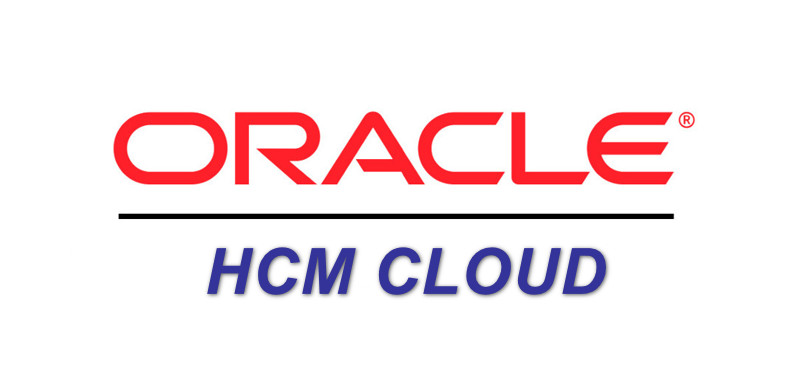As cloud adoption continues to skyrocket, enterprises that have been using legacyon-premise HRMS systems are looking to migrate to cloud. The main reason for this is that on-premise HR systems are complex and offer disjointed experience which is misaligned with what employees expect today. Due to their complexity, adapting to new changes for enterprises to achieve operational efficiency and innovation has become quite challenging. Among several cloud-based HRMS, Oracle HCM Cloud has gained tremendous popularity and has been considered widely. It is also evident from the fact that Oracle HCM Cloud has been named a Leader in the 2021 Gartner’s Magic Quadrantfor Cloud HCM Suites for 1,000+ Employee Enterprises. In this article, we’ll discuss what is Oracle HCM Cloud and why should you opt it.
What is Oracle HCM Cloud?
Oracle HCM is an end-to-end, cloud solution that not only offers a consistent experience across devices but also manages every stage of the employee lifecyclefrom hire to retire. The best part is that Oracle HCM Cloud can be integrated seamlessly with financials, supply chain, customer experience and other modules to align HR department with rest of your organization. In nutshell, Oracle HCM eliminates data silos and ensures data-driven decision making.
What are the Oracle HCM modules?
- Global HR
- Talent Management
- Workforce Rewards
- Workforce Management
- Work Life Solutions
Why should you move to Oracle HCM Cloud?
- Legacy, on-premise systems are complex in which you’re forced to use your enterprise’s infrastructure. On-premise systems weren’t built for mobile devices and offer unintuitive/ disjointed experiences. On other hand, Oracle HCM is natively developed for cloud and offers intuitive and hyper-personalized for today’s workforce. Mobile responsive design and seamless navigation across devices helps Oracle HCM to deliver connected experience.
- Since on-premise HR systems are deployed at your infrastructure, you’re responsible to manage customization, integrations, and maintenance of hardware and middleware.Since these systems are based on obsolete technologies, bringing in new changes can be complex and costly. Contrary to this, Oracle HCM is natively built for cloud in which regulatory compliance or other changes can be configured easily. Some configurations can be done withoutdepending on IT resources.
- As on-premise systems are disjointed, they create data silos. Pulling out scattered information often leads to slow decision making. Moreover, decision-makers don’t get actionable insights due scattered data. Oracle HCM Cloud offers you real-time visibility of data along with actionable insights to ensure well-informed decision making.
- Emerging technologies such as artificial intelligence, machine learning, and digital assistance offer limited support to legacy HRM systems. Oracle supports these technologies and automatically offers updates four times per year to provide new functionalities and features.
Point to note
Oracle HCM Cloud is based on the principle of continuous innovation. That’s why Oracle offers updates four times a year. If you are looking to migrate to Oracle Cloud HCM, then you need to understand that these updates need to be tested thoroughly to avoid any negative impact on current workflows. Oracle HCM quarterly updates need testing at least twice – once in test environment and second time in production.
So, Oracle testing 8 times a year can be time-consuming, if performed manually. Furthermore, manual testing can expose your business to risks due to inadequate coverage. To keep pace with Oracle HCM Cloud updates, you need Oracle test automation tool that can perform regression testing while keeping business risks at bay.
One such Oracle testing platform is Opkey. It comes with prebuilt test assets, test mining, AI-powered impact assessment and self-healing technology that makes Oracle HCM quarterly testing and test script maintenance effortless.
